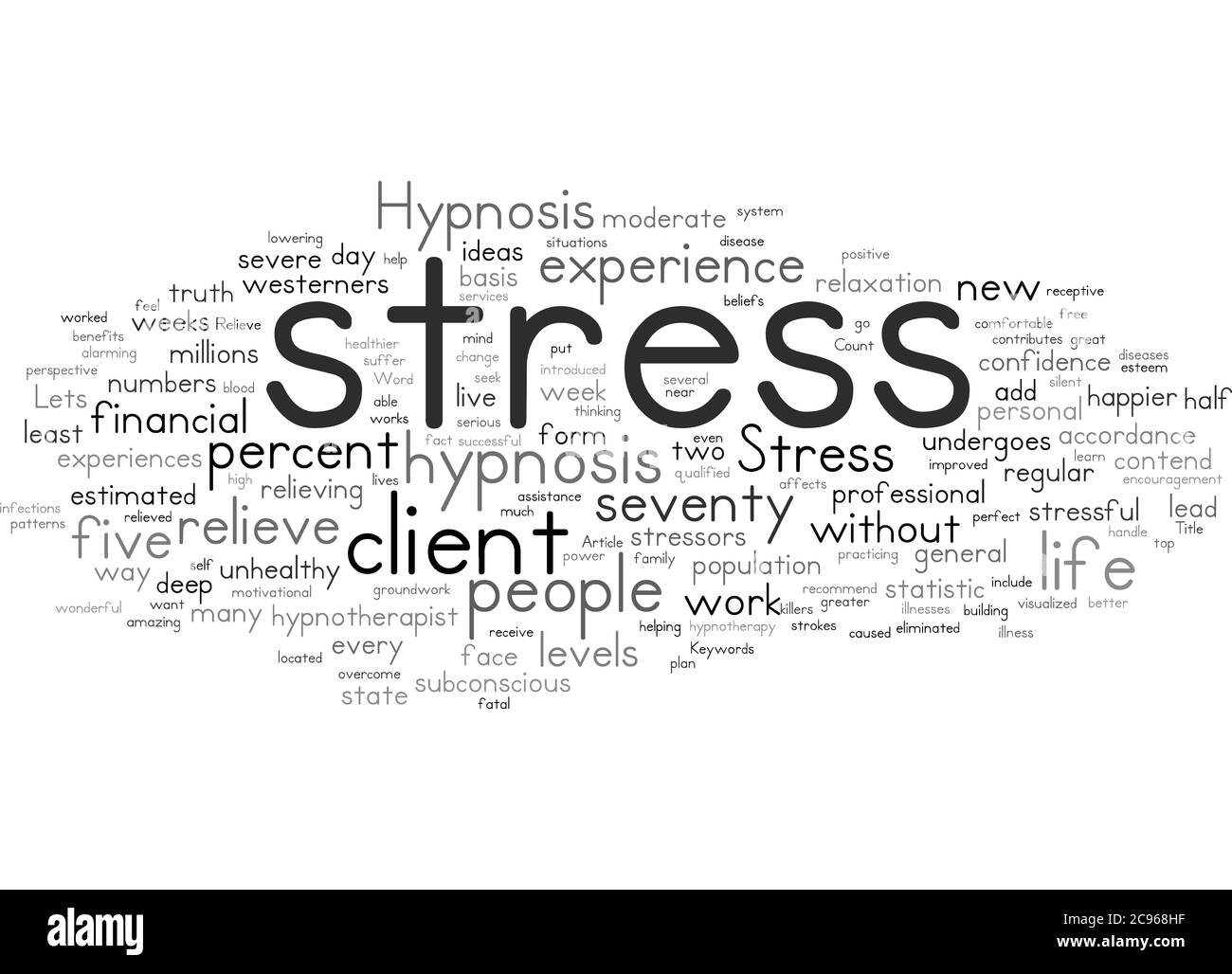
The abdomen is a great place to breathe. The diaphragm is able to expand and contract to move air around the body. This technique can help with a range of health issues including stress and back pain. It helps to relieve tension in the shoulders and chest. It is important to lie down flat on a surface. A pillow is a good option to help you get comfortable. To begin, place your hand on your stomach. Next breathe slowly through you nose. Then, exhale with your pursed lips.
Sit straight in a chair and begin to practice breathing from your abdomen. For practice, you can place your hand on the abdomen (place your pinky below your belly button) and breathe from there. As you breathe, observe how your belly rises/falls. You should feel your abdomen inflated and deflate like a balloon. For approximately 20 minutes, repeat this exercise every day. This exercise will allow you to naturally breathe from your abdomen.

In a seated position, you can also practice diaphragmatic breath. While performing this exercise, be sure to relax your neck and shoulders. Also, keep your shoulders relaxed. Diaphragmatic breathing can help reduce the severity of your symptoms. You can try this technique when your body is relaxed and your chest is wide open. Then, try the breathing exercises and see which one provides you with the most relief.
Breathing exercises may not be for everyone. Your primary doctor can offer you expert advice that's tailored to your specific condition. If you have any questions about breathing from the stomach, consult a respiratory specialist or a cardiac specialist. You will be glad that you did. They'll be happy to answer your questions and help you learn the right technique for your needs. Do not worry if your breathing is difficult. Just follow these tips and you'll be on your way to a healthier life.
You'll feel more alert and focused when you inhale from your belly. The diaphragm shifts pressure from the high-pressure region of the body to the low-pressure area of the abdomen. This strategy is good for some people but not for all. You may need to improve your breathing technique if you have chronic lung disease. This will enable you to breathe more efficiently, and reduce your shortness.

Talk to a mental-health professional for more information about breathing from your stomach. These professionals can help you learn how to properly breathe and reduce stress. If you're having trouble doing it on your own, consult with a physical therapist or licensed fitness specialist. Consistency is key. If you aren't sure where to start, these techniques will help. Breathing exercises can be done whenever you feel calmer.
FAQ
How can I live my best everyday life?
Find out what makes YOU happy. This is the first step in living a life that you love. Once you have a clear understanding of what makes you happy you can go backwards. Asking others about their lives can help you to see how they live the best life possible.
You can also read books by Wayne Dyer, such as "How to Live Your Best Life". He speaks about happiness and fulfillment in all areas of life.
How to measure body weight?
A Body Fat Analyzer can be used to measure body fat. These devices are used to determine the percentage of bodyfat in people who desire to lose weight.
How can I get enough vitamins?
You can get most of the daily nutrients you need through your diet. Supplements are an option if you are low in any vitamin. You can purchase a multivitamin that includes all of the vitamins you need. Or you can buy individual vitamins from your local drugstore.
If you are concerned about getting enough nutrients, talk to your doctor about what foods contain the best sources of vitamins. For example, dark green leafy vegetables such as spinach, broccoli, kale, collard greens, turnip greens, mustard greens, bok choy, romaine lettuce, arugula, and Swiss chard are rich in vitamins K and E. Other good sources include oranges, tomatoes, strawberries, cantaloupe, carrots, sweet potatoes, pumpkin, and squash.
Ask your doctor for advice if you are unsure how much vitamin to take. He or she will recommend the appropriate dosage based on your medical history and current health status.
Exercise: Good and bad for immunity?
Exercise is good for your immune system. Exercise increases white blood cell production, which helps fight off infection. You also get rid of toxins from your body. Exercise helps prevent diseases like cancer and heart disease. It reduces stress.
However, overtraining can damage your immune system. Your muscles can become sore if you exercise too much. This can lead to inflammation and swelling. The body then needs to make more antibodies to fight infection. The problem is that these extra antibodies can cause allergies and autoimmune disorders.
So, don't overdo it!
Statistics
- According to the 2020 Dietary Guidelines for Americans, a balanced diet high in fruits and vegetables, lean protein, low-fat dairy and whole grains is needed for optimal energy. (mayoclinichealthsystem.org)
- WHO recommends reducing saturated fats to less than 10% of total energy intake; reducing trans-fats to less than 1% of total energy intake; and replacing both saturated fats and trans-fats to unsaturated fats. (who.int)
- Extra virgin olive oil may benefit heart health, as people who consume it have a lower risk for dying from heart attacks and strokes according to some evidence (57Trusted Source (healthline.com)
- In both adults and children, the intake of free sugars should be reduced to less than 10% of total energy intake. (who.int)
External Links
How To
What does the term "vitamins" mean?
Vitamins are organic compounds that can be found in foods. Vitamins are essential for our bodies to absorb nutrients from the foods we eat. Vitamins cannot be made by the body; they must be taken from food.
Two types of vitamins exist: water-soluble vitamin and fat-soluble vitamin. Water-soluble vitamins dissolve quickly in water. Vitamin C,B1(thiamine), B2 (2riboflavin), and B3 (3niacin), as well as vitamin C,B1, B2 (riboflavin), and B3 (niacin), vitamin B6 (pyridoxine), vitamin folic acid (biotin), pantothenic, and choline are examples. Fat-soluble vitamins can be stored in the liver or in fatty tissue. Some examples include vitamin D and E, K, A and beta carotene.
Vitamins can be classified by their biological activity. There are eight major types of vitamins:
-
A - Vital for normal growth and maintaining good health.
-
C - vital for proper nerve function, and energy production.
-
D - necessary for healthy bones and teeth.
-
E is required for good vision and reproduction.
-
K – Required for healthy nerves & muscles.
-
P - Essential for strong bones and teeth.
-
Q - aids digestion and absorption of iron.
-
R – Required for the formation of red blood vessels.
The recommended daily intake (RDA), of vitamins varies with age, gender and physical condition. RDA values are set by the U.S. Food and Drug Administration (FDA).
For adults 19 years and over, the RDA of vitamin A is 400mg per day. For fetal development, pregnant women need 600 mg per day. Children ages 1-8 require 900 micrograms per day. For infants younger than one year, 700 micrograms are required daily. However, this number drops to 500 micrograms each day for children aged 9-12 months.
Children between the ages of 1-18 need 800 micrograms per daily for obesity, while children overweight require 1000 micrograms. Children underweight or obese will need 1200 mg per day.
2200 mg of vitamin A per day is required for children aged 4-8 who have been diagnosed by anemia.
2000 micrograms per person is necessary for general health. Breastfeeding or pregnant women require 3000 micrograms per daily due to higher nutrient demands.
Adults over 70 need 1500 micrograms daily, as they lose 10% of their muscle every ten years.
Women who have been pregnant or are lactating require more than the RDA. Pregnant women require 4000 micrograms daily during pregnancy, and 2500 micrograms every day after birth. Breastfeeding mothers need 5000 mg per day when breastmilk is being produced.